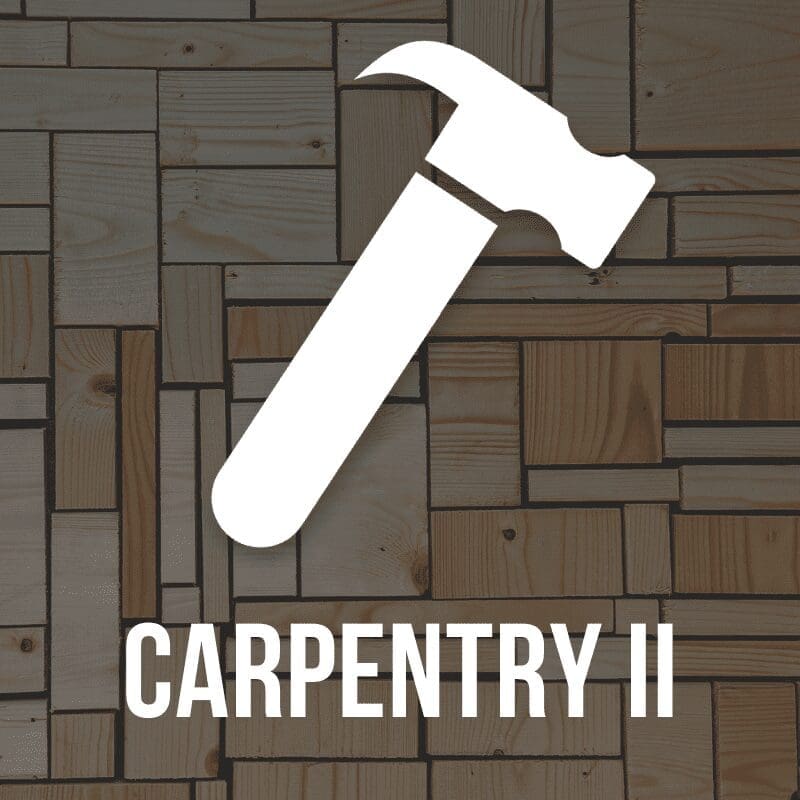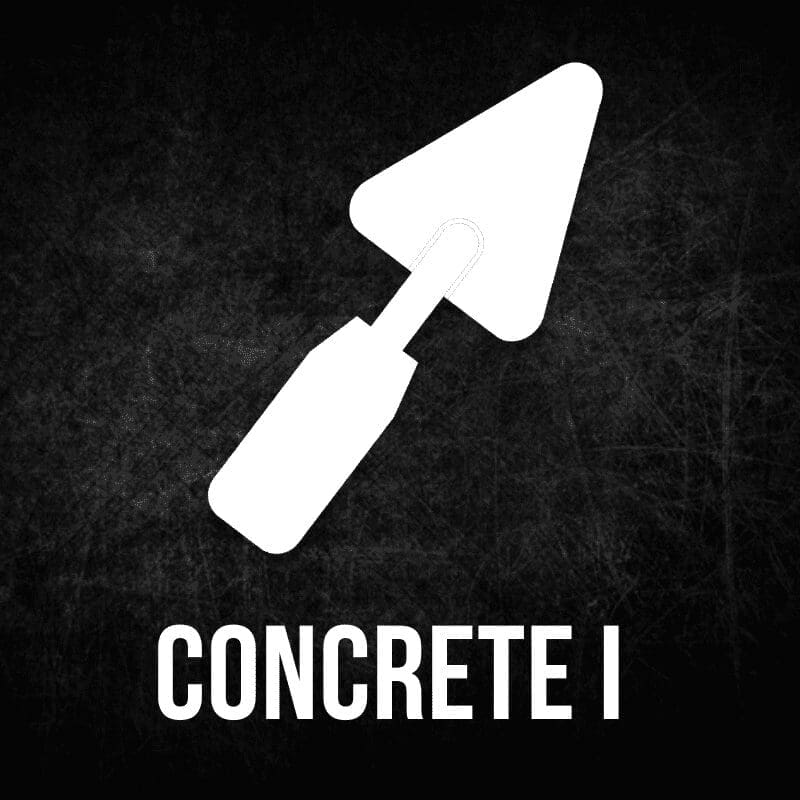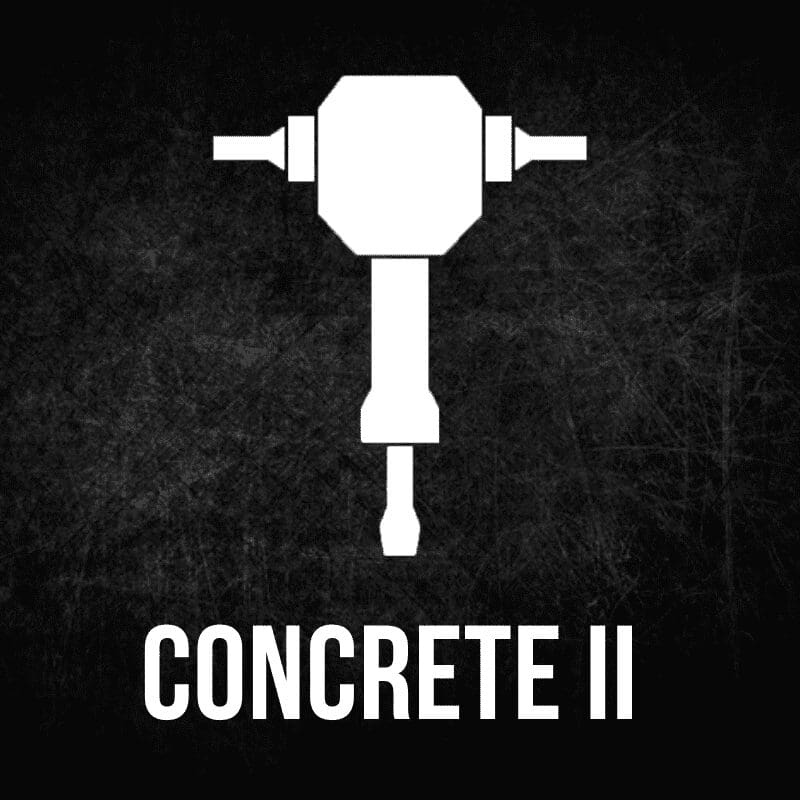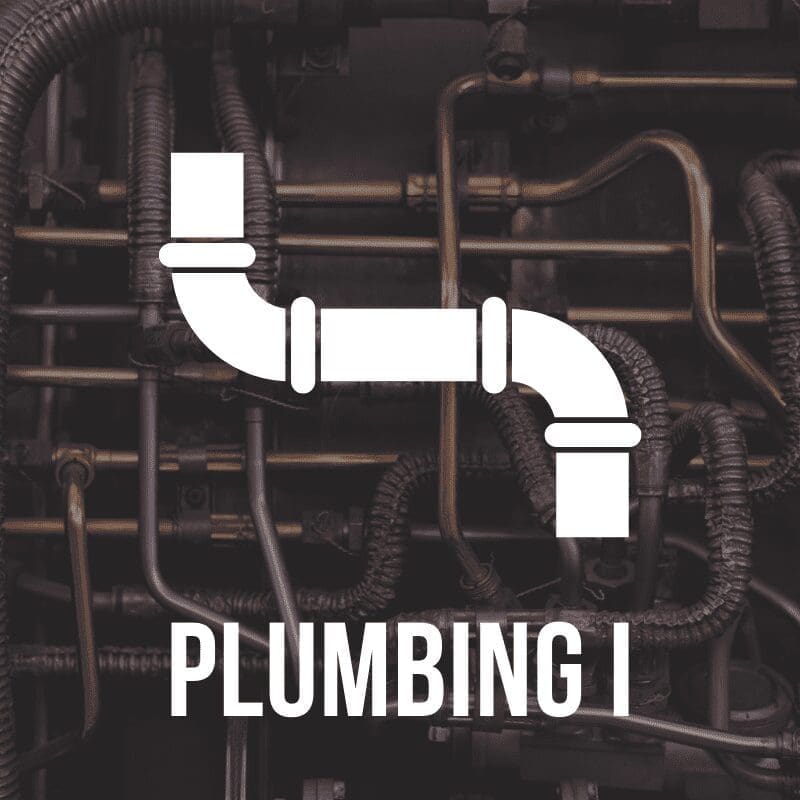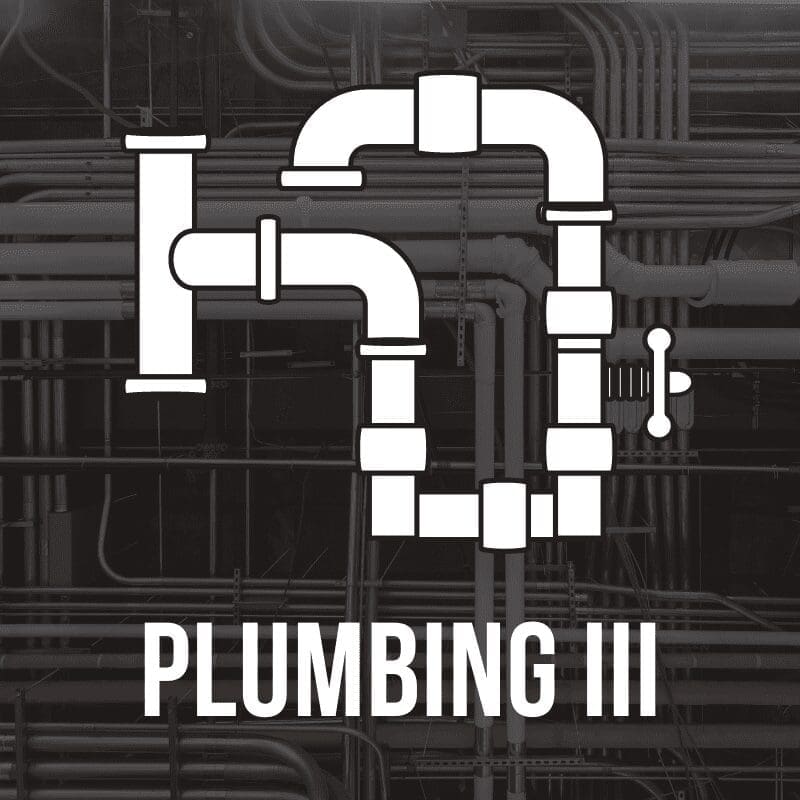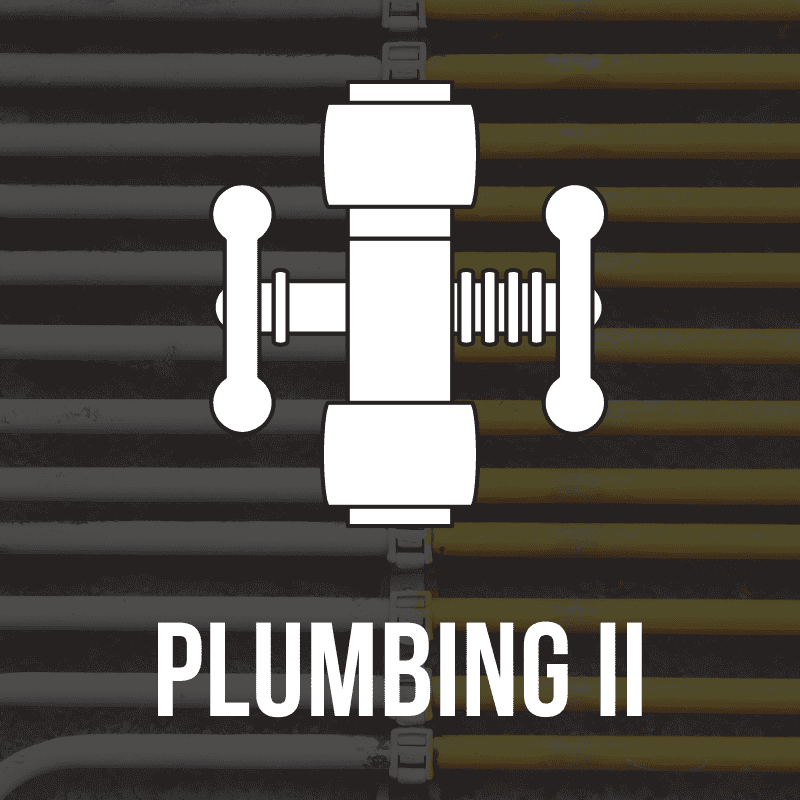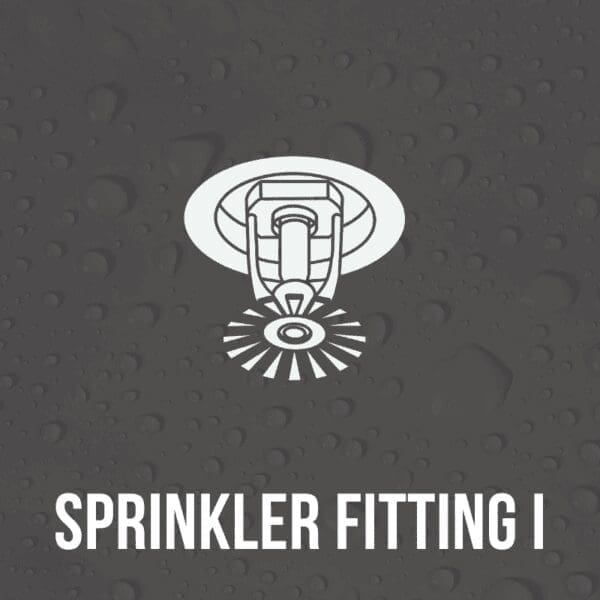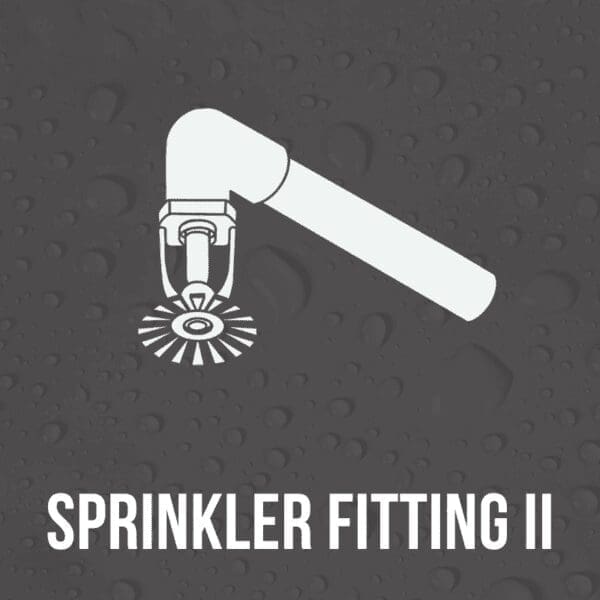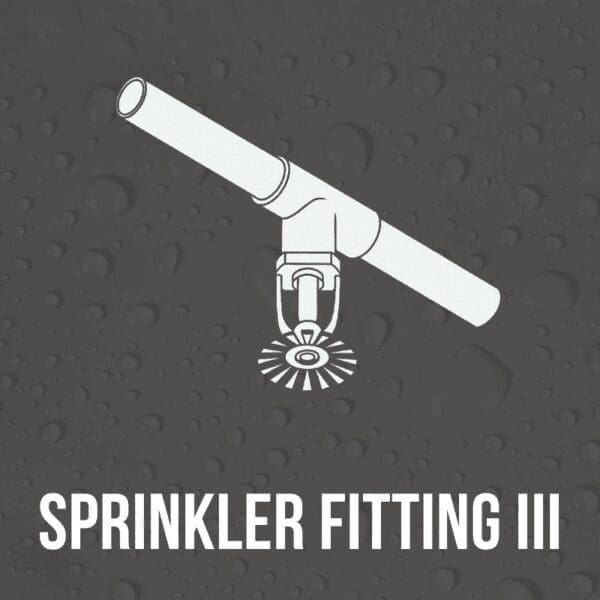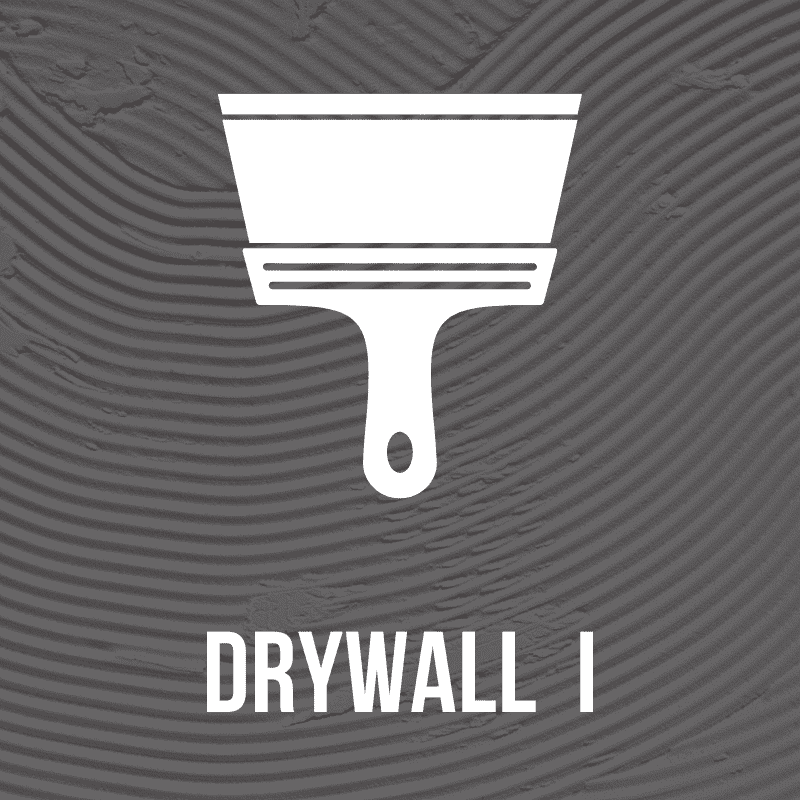Sprinkler Fitting I
Developed in partnership with the industry experts at the American Fire Sprinkler Association (AFSA), Sprinkler Fitting I is an introductory course designed to provide students with a comprehensive understanding of sprinkler systems and their components.
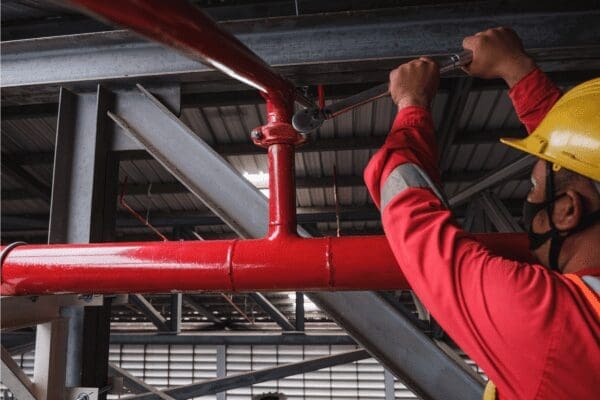

Course Description
This course covers topics important to Sprinkler Fitting including Steel Pipes, CPVC Pipes, and Copper Tubing.
In addition to learning the fundamentals of commercial Sprinkler Fitting, students will also earn NCCER’s CORE: Foundational Construction Skills certification. This certification further equips them for success by teaching foundational construction skills such as using power tools, safety practices, job site teamwork, and more.
Prerequisites: None
Course Details
- Dates: August 21, 2024 - June 4, 2025
- Day of Week: Every Wednesday
- Time: 4:30 - 8:30PM
- Tuition: $4,000 ($2,000 per semester)
- Material/Lab Fees: $155
- Course Textbook Fee: $180
Credentials Earned
- NCCER CORE Certification
- NCCER Sprinkler Fitting I Certification
- WMCI Certificate of Completion
instructors: Dan kee & Frank serena



Dan Kee – Senior Project Manager, Brigade Fire Protection
Interested in learning more? Follow the link below to learn all about the Sprinkler Fitting trade including: day-to-day duties, average pay, and industry trends.



Senior Project Manager, Brigade Fire Protection
sprinkler fitting I Curriculum
Fall Semester modules
Basic Safety
Work at construction and industrial job sites can be hazardous. Most job-site incidents are caused by at-risk behavior, poor planning, lack of training, or failure to recognize the hazards. To help prevent incidents, every company must have a proactive safety program. Safety must be incorporated into all phases of the job and involve employees at every level, including management.
Introduction to Construction Math
Craft professionals rely on math to do their jobs accurately and efficiently. Plumbers calculate pipe lengths, plan drain slopes, and interpret dimensioned plans. Carpenters meet code requirements by using math to frame walls and ceilings properly. HVAC professionals develop ductwork and calculate airflow with practical geometry. Whichever craft lies in your future, math will play a role in it. This module reviews the math that you will need and sharpens the skills that you will be using in the exciting modules ahead.
Introduction to Hand Tools
Every profession has its tools. A surgeon uses a scalpel, an instructor uses a whiteboard, and an accountant uses a calculator. The construction crafts require a broad array of hand tools. Even if you are familiar with some of the tools, all craftworkers need to learn how to select, maintain, and use them safely. A quality hand tool may cost more up front, but if it is properly used and maintained, it will last for years. A true craft professional invests wisely in hand tools, and uses, maintains, and stores them with the same wisdom.
Introduction to Power Tools
Power tools play an important role in the construction industry. Thousands of construction workers across the world use power tools every day to make holes, cut different types of materials, smooth rough surfaces, and shape a variety of products. Regardless of their specialization, all construction workers eventually use power tools on their job. This module provides an overview of the common types of power tools and how they function. It also describes the proper techniques required to ensure their safe and efficient operation.
Introduction to Construction Drawings
Various types of construction drawings are used to represent actual components of a building project. The drawings provide specific information about the locations of the parts of a structure, the types of materials to be used, and the correct layout of the building. Knowing the purposes of the different types of drawings and interpreting the drawings correctly are important skills for anyone who works in the construction trades. This module introduces common types of construction drawings, their basic components, standard drawing elements, and measurement tools that are typically used when working with construction drawings.
Basic Communication Skills
The construction professional communicates constantly. The ability to communicate skillfully will help to make you a better worker and a more effective leader. This module provides guidance in listening to understand, and speaking with clarity. It explains how to use and understand written materials, and it also provides techniques and guidelines that will help you to improve your writing skills.
Basic Employability Skills
Becoming gainfully employed in the construction industry takes more preparation than simply filling out a job application. It is essential to understand how the construction industry and potential employers operate. Your trade skills are extremely important, but all employers are also looking for those who are eager to advance and demonstrate positive personal characteristics. This module discusses the skills needed to pursue employment successfully.
Introduction to Materials Handling
Lifting, stacking, transporting, and unloading materials such as brick, pipe, and various supplies are routine tasks on a job site. Whether performing these tasks manually or with the aid of specialized equipment, workers must follow basic safety guidelines to keep themselves and their co-workers safe. This module provides guidelines for using the appropriate PPE for the material being handled and using proper procedures and techniques to carry out the job.
spring semester modules
Occupational Overview: The Sprinkler Industry
Describes the basic types of sprinkler systems, the tools used to install them, and the codes and standards that apply to these systems. Covers the apprenticeship requirements for sprinkler fitters, employer and employee responsibilities, and career paths in the sprinkler industry.
Introduction to Components and Systems
Provides an overview of the four main types of sprinkler systems. Describes testing laboratories and Listing requirements. Covers sprinkler characteristics, including thermal response, spray pattern and coverage area, orientation, K-factors, and temperature ratings. Describes various types of piping, valves, and pumps.
Steel Pipe and Fittings
Describes the steel pipe used in sprinkler systems, including pipe types, schedules, and sizes. Covers common methods of end preparation, including cutting, reaming, grooving, and threading pipe. Describes various types of grooved, threaded, flanged, and plain-end fittings, along with the installation methods and applications of each type.
CPVC Pipe and Fittings
Covers the special type of chlorinated polyvinyl chloride (CPVC) pipe and fittings used in sprinkler systems. Describes the procedures for cutting, beveling, cleaning, and joining CPVC pipe and fittings. Provides an overview of how to test the installed sprinkler system.
Copper Tubing and Fittings
Copper tubing and fittings are introduced along with cutting and bending tools. The soldering process is described, including techniques for measuring, cutting, reaming, and cleaning tubing. Brazing is described, as are brazing metals, fluxes, and brazing equipment. Also covers grooved couplings and compression connections.
Underground Pipe
Describes the installation of underground piping systems. Covers ductile iron and PVC piping and components, including risers, backflow preventer assemblies, hydrants, and restraints. Also covers trench safety requirements, backfilling, and testing.


